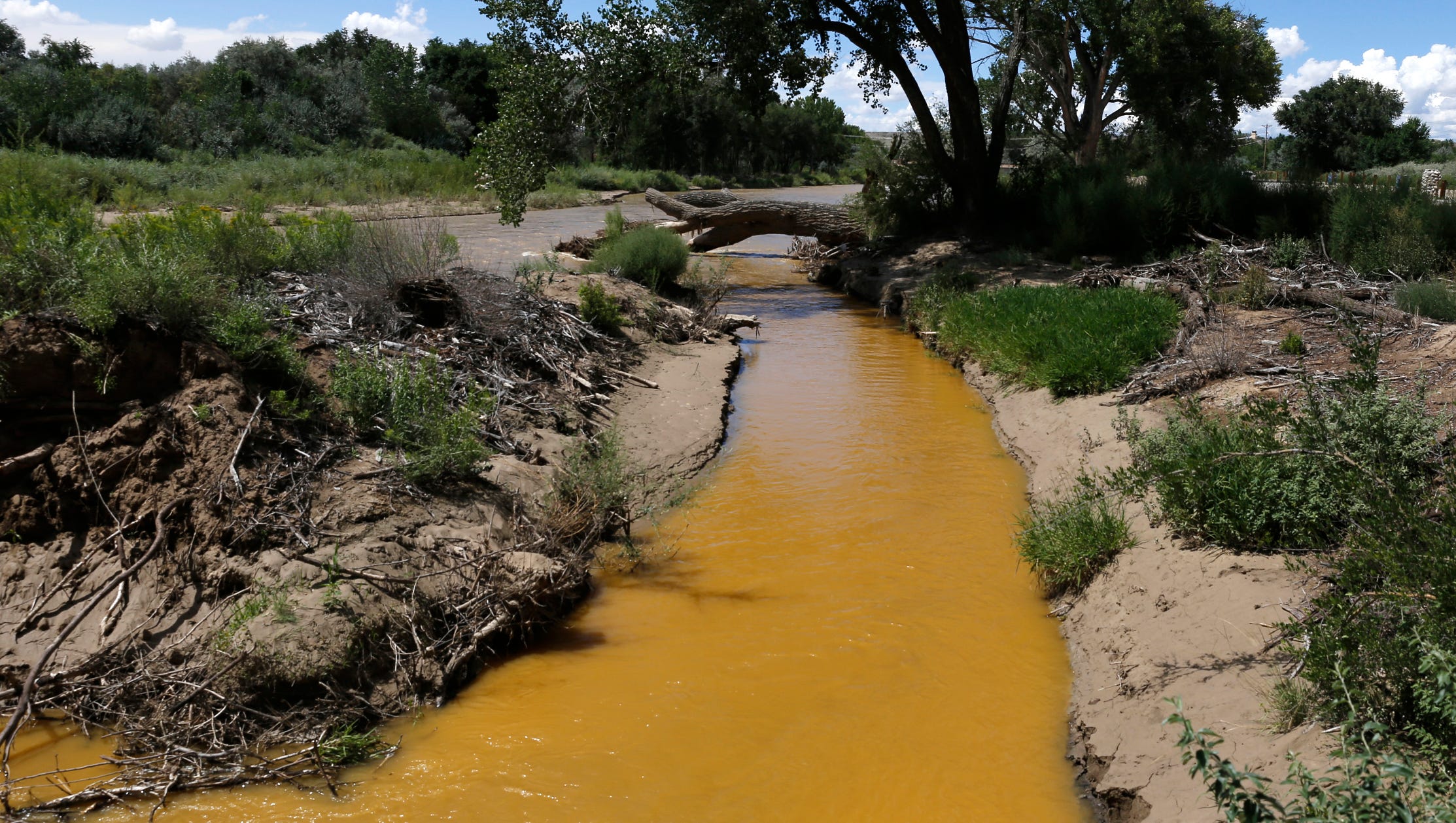Committee to summarize mine spill monitoring
FARMINGTON — As the one-year anniversary of the Gold King Mine spill draws near, the local task force created to inform the community on response efforts continues to address confusion and complaints in the wake of the disaster.

“A lot of people come with questions or concerns based on word-of-mouth,” Rich Dembowski, chairman of the Gold King Mine Spill Citizens’ Advisory Committee, said. “If we can minimize rumors, I think that’s the biggest service we can provide.”
The committee has held monthly public meetings at San Juan College since December. Each discussion features a presentation on a particular spill-related subject, ranging from drinking water quality to the absorption of heavy metals in fish populations. Monday's meeting will detail the New Mexico Environment Department’s efforts to monitor the spread of contaminants. The meeting will take place at 5:30 p.m. inside the college's Henderson Fine Arts Center.
The broad spectrum of topics touched on by the committee reflects the widespread concern created by the Aug. 5 spill, which was accidentally triggered by a crew from the U.S. Environmental Protection Agency working to clean up abandoned mining sites near Silverton, Colo. The blowout released more than 3 million gallons of heavy metals-laden water into the Animas River, producing a mustard-colored plume that flowed downstream into San Juan County and the Navajo Nation.
New Mexico has since filed lawsuits against the EPA, the state of Colorado and several mining companies over the incident. But while lawyers grapple over who’s responsible, direct impacts take precedence among local residents.
“People here care about what’s going to happen to agriculture and livestock,” Dembowski said. “There’s a lawsuit in place that’ll take care of those other issues.”
Many community members have demanded concrete answers as to what’s in their crops, soil and well water. The meeting on Monday will discuss response efforts to some of those concerns. Bruce Yurdin of the NMED's Surface Water Bureau will give a presentation on the state's long-term monitoring programs, including the state's recent acquisition of an X-ray florescence machine to test for heavy metals in river sediment.
“The interesting thing about this technology is that it can give you results right away,” Yurdin said.
Yudrin said the device will be deployed throughout the Animas watershed, in Colorado, New Mexico and the Navajo Nation. Developing an accurate data set will allow scientists to provide provide specific, rather than speculative, answers, he said. Monday's meeting will also touch on the NMED's inspection of the waste water treatment plant in place at the Gold King site and provide an overview of the EPA's plan to monitor the effects of the spill.
Committee member Rick Nez, who also serves as the president of the San Juan Chapter of the Navajo Nation, said he looks forward to sharing the presentation with members of his community.
“After each meeting, I disseminate the information we receive to chapters along the river,” Nez said. “Our citizens are pretty content with the information provided. It’s something they can’t get through radio announcements or on TV.”
Brett Berntsen covers government for The Daily Times. He can be reached at 505-564-4606.